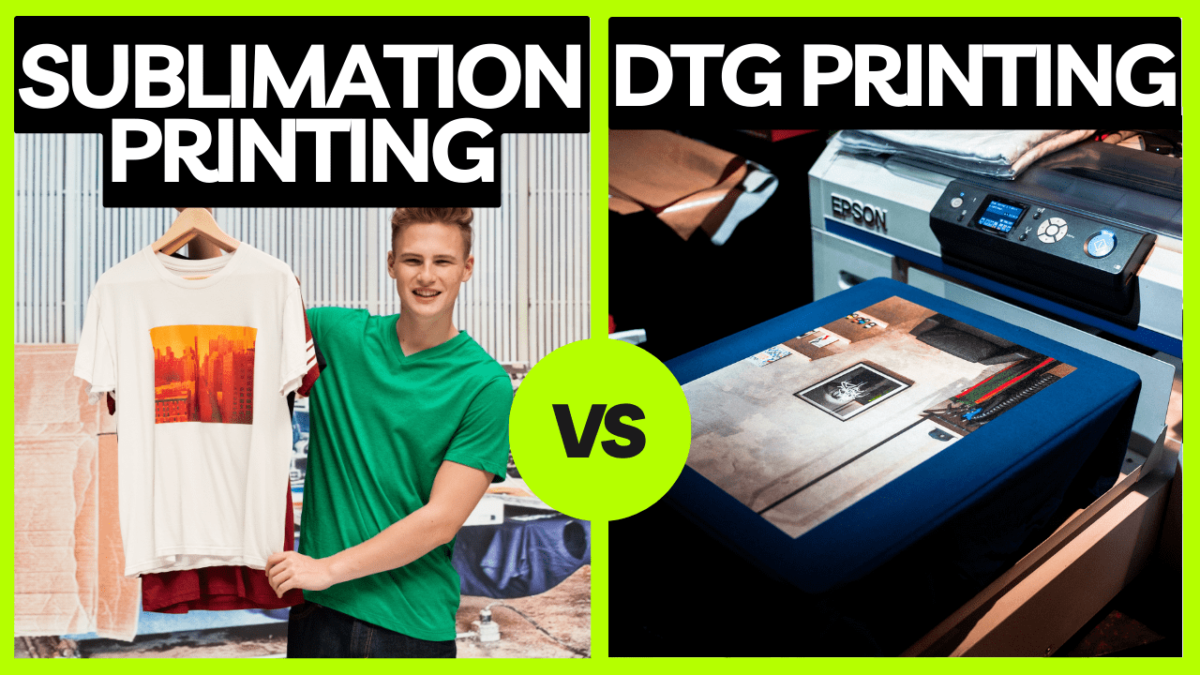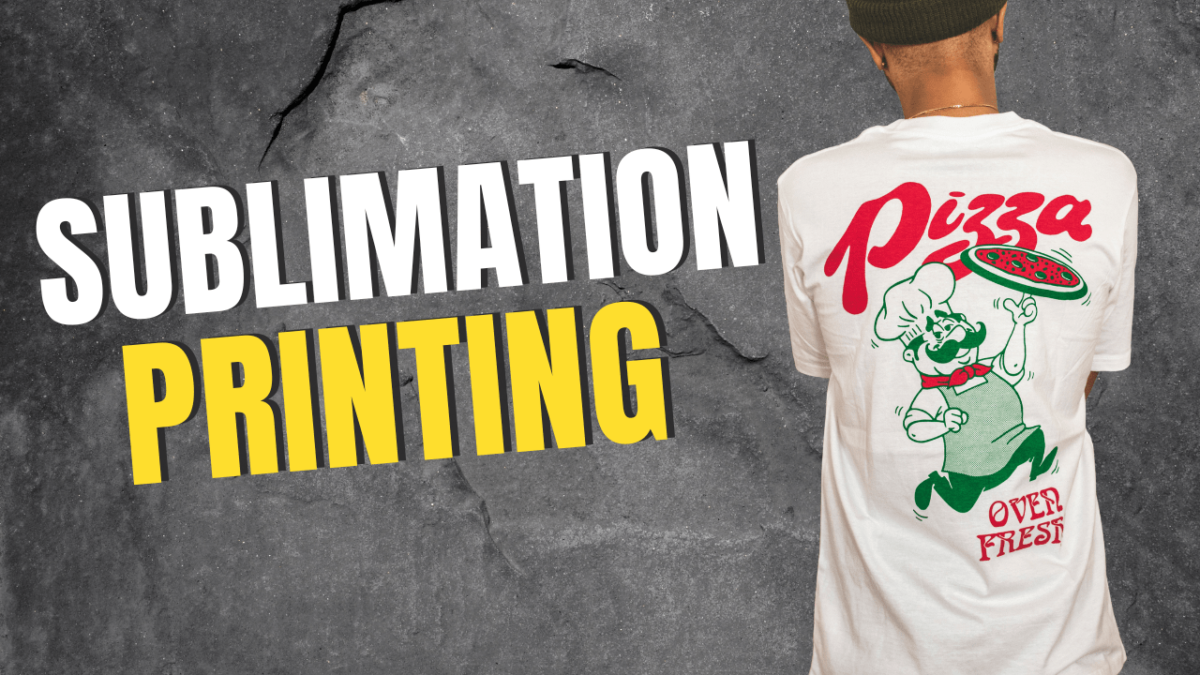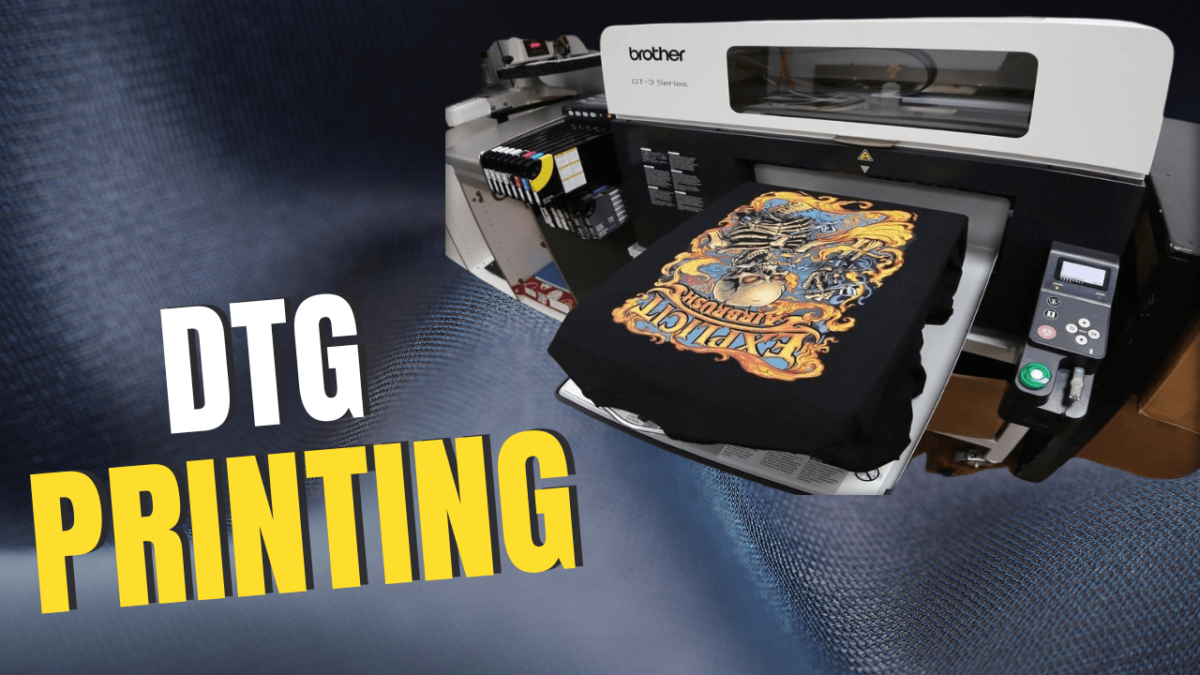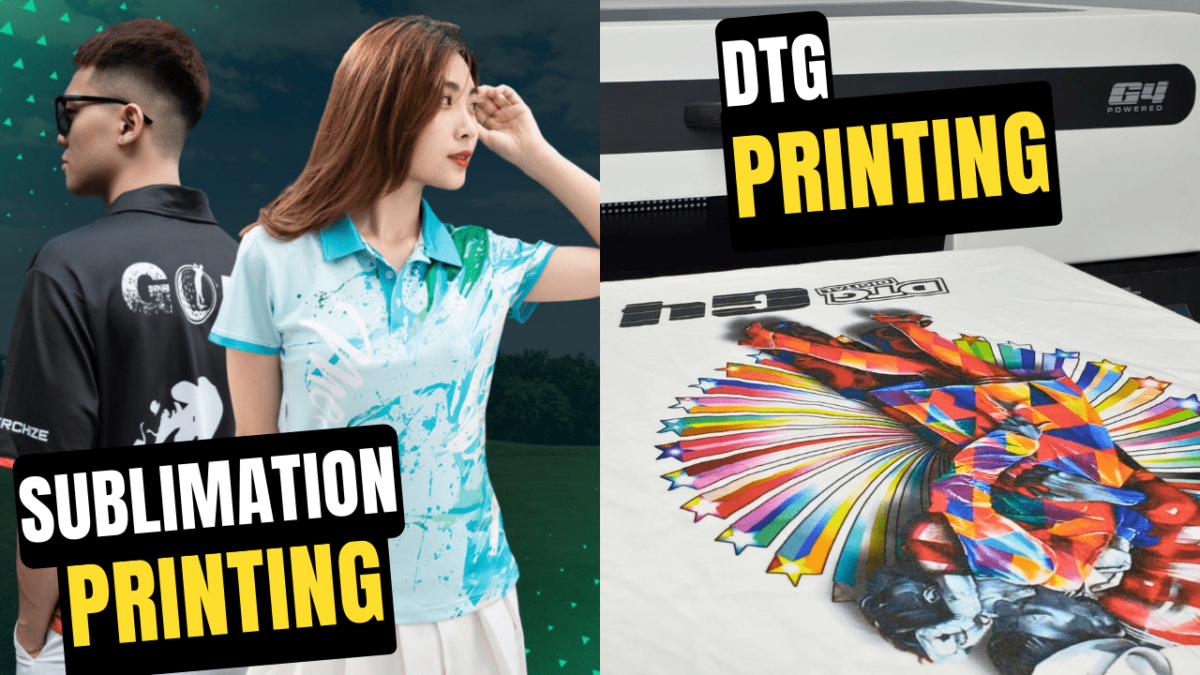
Last week my friend Akira called me up and shared her desire to start her clothing brand. I was surprised initially, but then I realized that with so many options available in the market, she is bound to get confused and on the other hand, she has so many options that starting your own business has never been so easy.
Currently, her focus is just on printing t-shirts and selling them online via Instagram by doing paid marketing plus influencer marketing. So I suggested she either go ahead with sublimation or DTG printing. It took me 2 hours to make her understand completely about these two techniques and I would like to break that down in the easiest way possible for you guys here.
These printing techniques are suited for different designs and materials. But which approach offers better and more cost-effective outcomes? As someone who loves experimenting with prints, I’m no stranger to the ins and outs of sublimation vs DTG printing.
In this guide, I will talk about factors like suitable fabrics, print quality, and cost. By the end of it, you will have a full understanding of how to make the correct choice that fits your needs. I often reach out to both based on my printing requirements!
Let’s dive in and understand these techniques.
Sublimation Printing Explained
You need to clear your concept first. Designers use this printing technique to print the ink directly on the transfer paper. Then, they position the paper on the surface where they need the design. From there, the heat transfers the ink on the paper. It sublimates the ink so that the desired material absorbs it.
The result? A vibrant, eye-catching, and long-lasting imprint on materials like fabrics and mugs. Sublimation Printing can be done mainly on fabrics with 100% polyester or at least 70% polyester.
But why is it gaining popularity? Well, unlike traditional printing techniques, sublimation printing offers great benefits, such as durable prints and vivid colors. It seamlessly integrates the design with the fabric. This infusion makes these prints durable with no fading, even after repeated washing.
It’s a favorite amongst designers who create a wide range of products, from mugs to t-shirts, photo frames to crockery, and coasters. It’s ideal for intricate details, making the designs stand out.

What is DTG Printing?
If you want to print directly on a fabric, DTG is your best friend! Direct-to-garment prints the image directly on the fabric using a modified inkjet printer. There’s no transfer paper or film required. However, the fabric must be pretreated to ensure the image transfers smoothly or you can purchase pre-treated t-shirts for printing.
With it, you can print graphics, photos, illustrations, and many more onto cotton, polyester, mixed fabrics, and leather.
The T-shirt remains cold throughout the process, minimizing warping and shrinkage. It helps small business owners provide quality designs quickly.

Sublimation vs DTG Printing: A Quick Comparison
Here’s a quick comparison between sublimation vs DTG printing for you to have a better understanding:
| Features | Sublimation Printing | DTG Printing |
| Detail & Color | Delivers highly detailed, vibrant, full-color images. | Offers excellent details but can have limitations on color vibrancy. Suitable for intricate designs. |
| Setup Time | Quick setup, perfect for small orders, customized, and individual items. | More time-consuming setup, making it ideal for larger-scale orders. |
| Durability | Produces long-lasting prints that resist fading. | Prints may fade over time, offering relatively less durability. |
| Texture and Fabric | Creates a smooth finish with no surface texture. Works best on polyester and synthetic fabrics. | Leaves a distinct, tactile texture on the fabric, providing a different feel. Offers better flexibility and works best on both natural and synthetic fabrics. |
| Cost | You can start Sublimation with a budget of approx $500 | You need to invest more in this technology. The starting capital would be approx $5000 |
Print Quality
When we look at sublimation, it’s safe to say that it produces excellent-quality prints. The design will not wash out over time because the color is embedded into the fabrics. With sublimation printing, you can actually print intricate designs in different colors that produce stunning, vibrant prints! One major drawback is, SUblimation doesn’t print white color, therefore, you have to use white or light colored t-shirts for printing.
On the other hand, DTG delivers good-quality prints, too. But it tends to lose some vibrancy after multiple washes. But when it comes to image quality, it’s an excellent choice for detailed and colorful designs.
Basic care tips:
- Use a gentle wash cycle when washing the printed fabrics.
- Avoid bleach and fabric softeners.
- Don’t iron the prints.
In this department, we declare both of them winners as they have their own limitations and advantages.
Fabric Suitability
Sublimation mostly works the best on polyester and synthetic fabrics as it allows the ink to absorb nicely. Although it is possible to sublimate cotton fabrics, they are a better fit for materials that contain spandex, nylon, and other synthetics.
Tip: You can use sublimation printing on ceramics, mugs, frames, and many others!
DTG is much better for flexibility in terms of fabric. You can use it on synthetics, linen, silk, cotton, nylon, etc. But why? Because the ink blends better with natural fabrics. However, different fabric compositions can give a slightly different result on the look and feel.
In this department, we may give a slight edge to DTG because it doesn’t limit itself to just white and polyester blanks.
Texture
Since Sublimation ink gets infused into the fabric, therefore, the texture is super smooth and you never feel any printed design on the surface. Its long lasting and the design won’t fade away ever.
On the other hand, when we print via DTG method, it creates a very thin texture on the fabric because the ink stays on top of the surface.
Both of these textures have their pickers, but for me Sublimation feels great.
Durability
Like we discussed earlier, Sublimation ink becomes the part of the fabric and for the same reason, the print stays for as long the tshirt is in a good condition. This enhances the print’s durability.
With DTG, the print may start to wear out or crack or fade away after like 50 washes. We know that you may not wear a single t-shirt for more than 50 times, but if we talk about durability, then Sublimation wins hands down.
Costs and Time
Sublimation printing requires lesser investment even if we include additional equipment like a heat press, transfer paper, and inks. It can be cost-effective and used for bulk orders. But it’s mostly suited for customized printing. You can start with this method for as low as $500.
On the other hand, DTG printers have comparatively higher setting up costs. This process requires extra costs like curing equipment, pretreatment solutions, and other supplies. It is also suitable for bulk orders to ensure a better-quality product. The initial investment would be as low as $5000.
So, if you are low on budget and want to experiment, then Sublimation is the way to go forward.

Conclusion
To sum up, if you’re choosing between sublimation vs DTG printing, consider the needs of your project. These are some of the best devices out there and my go-to. You can easily achieve your desired outcome with a bit of practice and creativity. Right now, my friend Akira is going ahead with Sublimation and may get a DTG printer soon, if things go in her favour.
With its vibrant, lasting prints with a smooth finish, sublimation is ideal for detailed designs on polyester. It’s quick to set up, making it perfect for small orders or individual pieces. In contrast, DTG is better suited for printing on natural and synthetic fabrics and offers detailed print outcomes.
You should decide based on various factors like – the design, size of your order, desired texture, and the type of material you’re using. Choose the one that matches your needs to make a lasting impression on your printed products!
FAQs
Which is better between sublimation and DTG printing?
Both sublimation and DTG have different properties and processes. They work differently as well. Sublimation printing works best on polyester fabric. In comparison, DTG works on synthetic and natural fabrics like cotton and linen.
Can I use any ink in a sublimation printer?
No, you can’t use any ink. It requires a special sublimation ink to transform from solid to gaseous stage.

